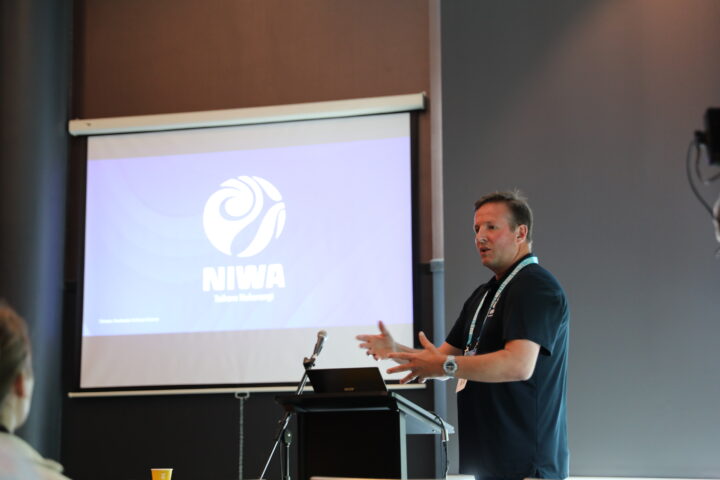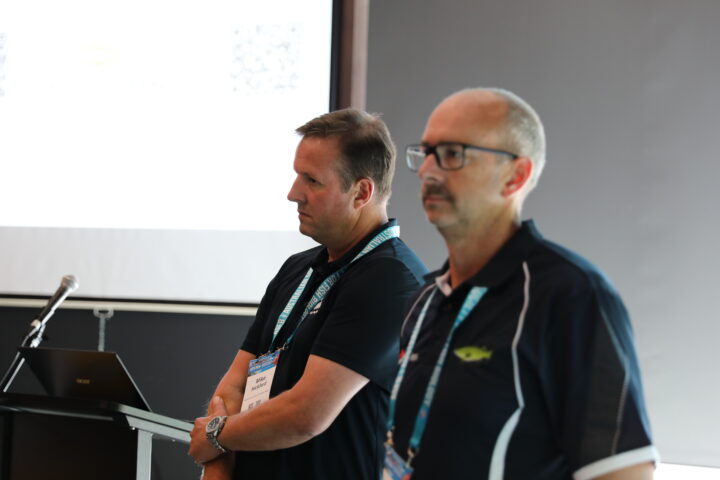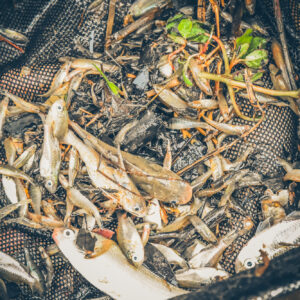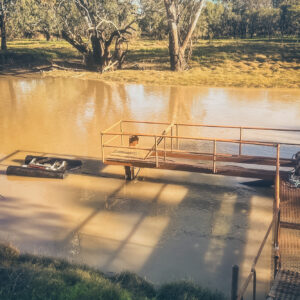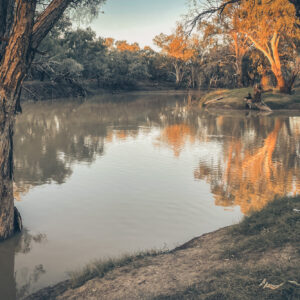Learning After Doing: New Zealand’s Journey with Fish Screens
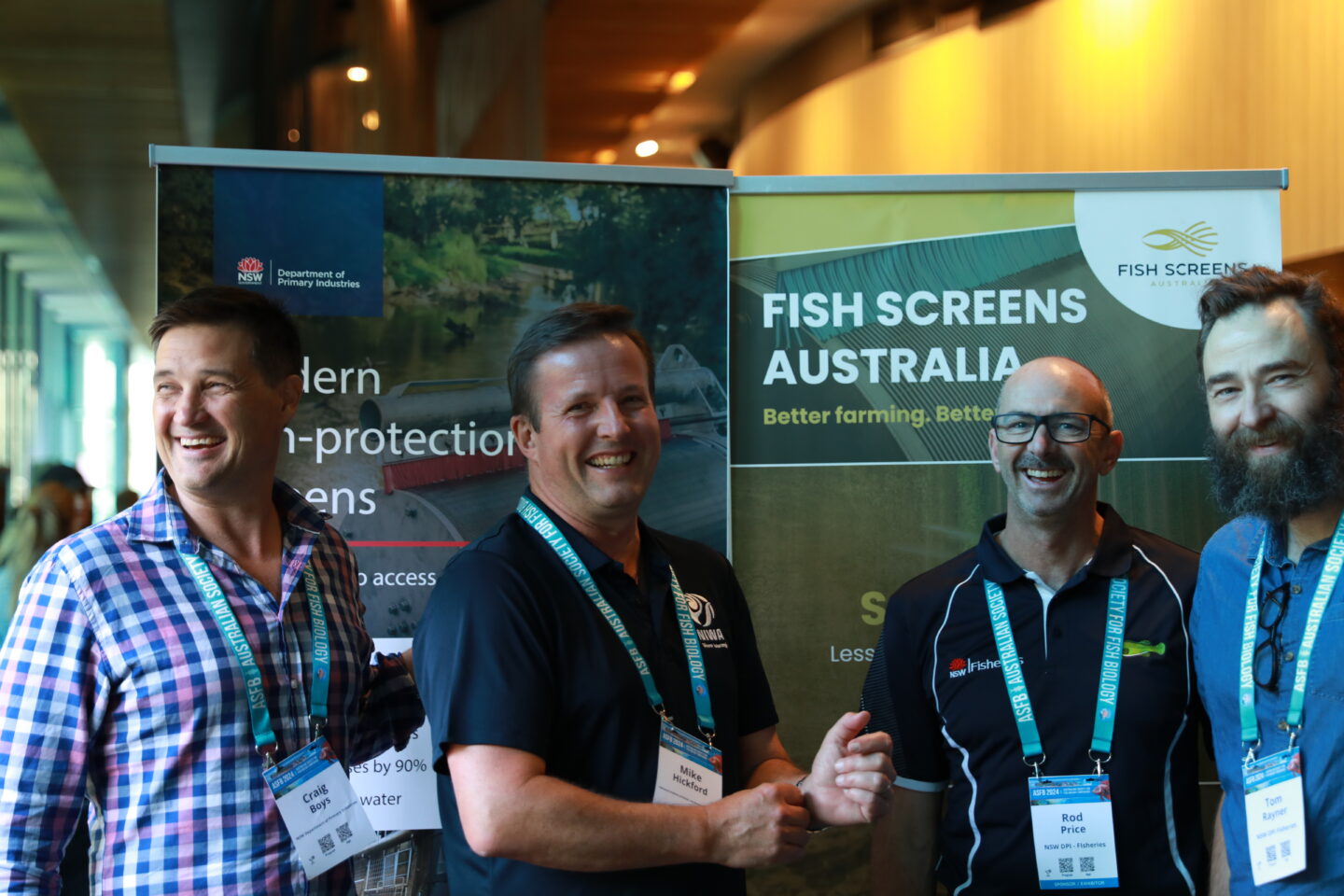
New Zealand has long been an early adopter of fish screens to protect native fish from water diversions.
However, as Mike Hickford explained during his talk at the 2024 Australia Fish Biology Society meeting, the country’s initial approach often missed the mark. By adopting North American designs, without tailoring them to New Zealand’s unique fish species and river systems, early implementations fell short of their goals. Today, the lessons learned are shaping a more effective future for fish screening in New Zealand, and offer valuable insights for other regions like Australia.
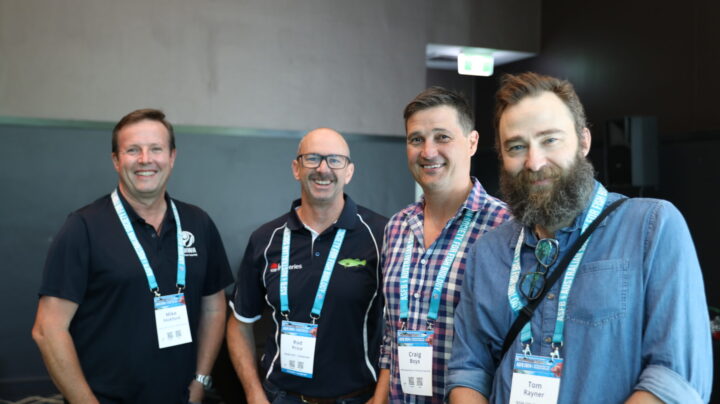
The Challenge of Unique Fish Behaviours
New Zealand’s native fish species present a unique challenge for fish screens. Unlike the salmonids common in North America, which are large and strong swimmers, New Zealand’s fish are typically smaller, benthic (bottom-dwelling), nocturnal, and cryptic.
Many of these species, such as longfin eels and giant kokopu (Galaxids), also have diadromous or amphidromous life cycles – meaning they migrate between freshwater and the ocean at various stages of their lives. This makes them more likely to interact with water intakes and fish screens.
As Hickford noted, “We have small, benthic, migratory fish that interact with fish screens at various stages of their life history, often multiple times.” For example, juveniles migrating to sea or adults returning to spawn face significant risks when navigating rivers with water intakes, because they have to pass by many more water diversions during their life, compared to fish that live as residents in individual river reaches.
“This is more a case of learning after doing. Unfortunately, a lot of what we adopted early on wasn’t really appropriate for our situation.” – Mike Hickford.
Lessons from Early Mistakes
In the 1990s, New Zealand’s resource management laws required water intakes to minimise harm to fish. Regional councils encouraged the installation of fish screens to comply. However, most early screens were based on North American designs, which assumed fish would detect and swim away from screens. This assumption didn’t hold true for New Zealand’s species.
Early screens, such as woven mesh and wedge wire designs, were largely ineffective. Testing revealed that many fish species, including shortfin eels and bluegill bullies, could either pass through the screens or become impinged upon them. Some fish even found rock bund screens – structures made of piled cobbles common in braided rivers – to be attractive habitat, defeating their intended purpose.
“We have small, benthic, migratory fish that interact with fish screens at various stages of their life history, often multiple times.” – Mike Hickford
Redefining Fish Screens for New Zealand
Recognising these issues, researchers began rethinking fish screens to better suit local species. As Mike explained, “We’ve tried to shift the focus to New Zealand native fish. We’ve taken the idea of a fish screen and changed it to a fish screen facility.” This approach integrates various design criteria into a comprehensive solution, ensuring fish are kept away from screens altogether.
Key design considerations include:
- Positioning: Placing screens close to rivers to minimise fish interactions.
- Velocities: Managing approach and through-screen velocities to reduce the chance of fish being impinged.
- Bypass Systems: Ensuring effective connectivity to guide fish away from screens.
- Material Selection: Incorporating finer mesh sizes and innovative materials tailored to local conditions.
- Operation and Maintenance: Regular upkeep to maintain functionality and fish protection.
“The best fish screen is one that a native fish never actually sees. They don’t interact with it. They’re not even aware that it’s there.” – Mike Hickford
Insights from Testing
Research efforts have focused on testing different screen types against a variety of native species. Mike’s team found that small, inquisitive fish often made frequent contact with screens, increasing their risk of impingement. For example, bluegill bullies and inanga whitebait were particularly susceptible due to their poor swimming ability.
Interestingly, some screens designed to exclude fish inadvertently created new problems. Rock bund screens, for example, became habitat for species that naturally seek out cobbled environments, leading fish directly into harm’s way. Testing also revealed that while some species could avoid impingement, others, like smaller whitebait stages of inanga, were unable to escape the suction forces of screens.
A New Vision for Fish Screens
The ultimate goal is to design systems where fish never interact with screens. As Hickford emphasised, “The best fish screen is one that a native fish never actually sees.” This involves leveraging natural fish behaviours to keep them away from screening material, using methods such as:
- Strategically positioning screens in locations fish are less likely to encounter.
- Reducing flow velocities to levels fish can navigate without stress.
- Employing bypass systems that guide fish away from danger zones.
designers can create solutions that protect fish while supporting water users. By treating screens as part of an integrated facility rather than standalone structures,
Collaboration and Future Directions
New Zealand’s fish screening journey highlights the importance of adaptive learning and collaboration. By acknowledging early mistakes and committing to research, the country has made significant strides in developing effective screening solutions. Partnerships between researchers, councils, and water users have also been essential to this progress.
As Mike puts it, “We’re learning after doing. Our guidelines have evolved, and we’re beginning to embrace the unique behaviours of our native fish to keep them safe.” The lessons from New Zealand offer a valuable roadmap for other regions, including Australia, as they navigate the challenges of protecting native fish populations from water diversions.
With continued research, innovation, and collaboration, the vision of fish screens that seamlessly balance ecological and industrial needs is becoming a reality.
